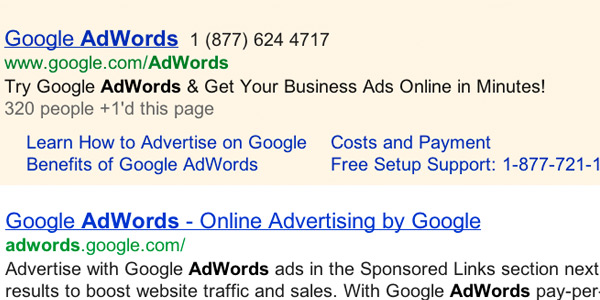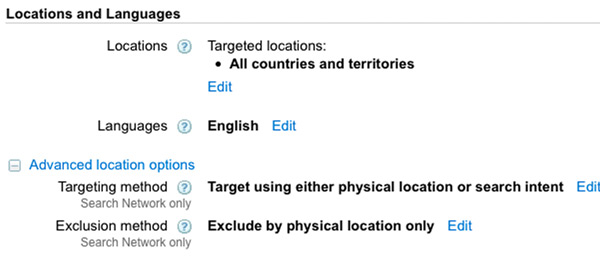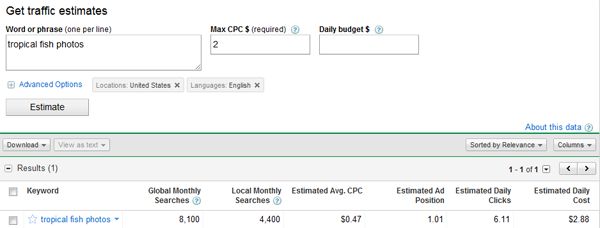Share
Is Your Photography Business Big Enough for AdWords?
Like other forms of traditional and online marketing, Google AdWords can be a powerful way to drive potential customers to your photography website...
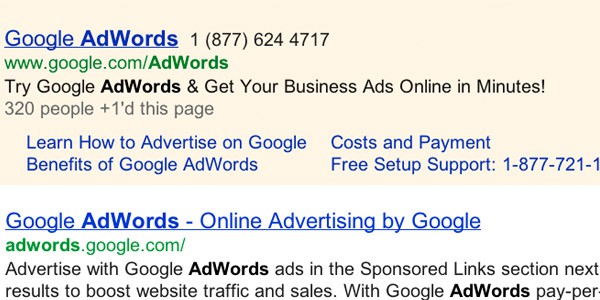
Like other forms of traditional and online marketing, Google AdWords can be a powerful way to drive potential customers to your photography website. When used correctly, it can result in a steady stream of highly qualified clients and increased sales. When used poorly, it will almost certainly become an extremely expensive waste of time. As with any new part of your photography business, you must carefully weigh the potential return of investment (ROI) in AdWords against all other expenditures of your time or money. The following exercises will help you decide if you should include Google AdWords in your overall photography business plan.
What is Google AdWords?
In a nutshell, Google AdWords allows you to create text-based advertisements that appear in the search engine results that are relevant to your website. Companies large and small often use AdWords and other forms of paid search engine marketing (SEM) in conjunction with search engine optimization (SEO) to increase the likelihood that their website will appear on the first page of search engine results for their relevant keywords.
How does it work?
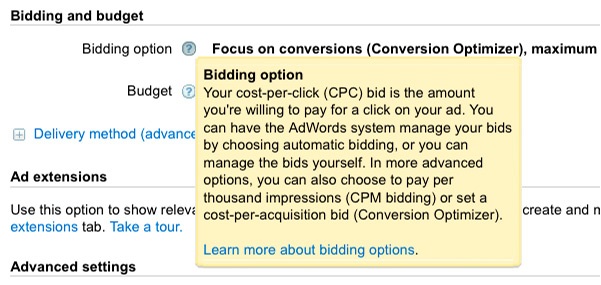 You pay for Google AdWords and other forms of SEM through by one of several methods, the most common being a pay-per-click model. In this scenario, when someone’s search contains the keywords you’ve chosen for your ad, Google displays your ad on a search engine results page (SERP), and you only pay for it when someone clicks on it. You control the keywords that can trigger the ad, as well as the amount you’re willing to pay per click. The more you’re willing to pay-per-click, the higher up on in the SERPs’ ad list you will appear.
You pay for Google AdWords and other forms of SEM through by one of several methods, the most common being a pay-per-click model. In this scenario, when someone’s search contains the keywords you’ve chosen for your ad, Google displays your ad on a search engine results page (SERP), and you only pay for it when someone clicks on it. You control the keywords that can trigger the ad, as well as the amount you’re willing to pay per click. The more you’re willing to pay-per-click, the higher up on in the SERPs’ ad list you will appear.
The second common, but less popular model, is cost-per-thousand impressions (CPM). When using CPM bidding, you pay a set amount for every 1,000 times your ad is shown, whether people click on it or not.
In almost every situation, we recommend that photographers use pay-per-click bidding because it ensures that you’re only paying when a potential customer actually clicks through to visit your website.
What are the benefits?
Like any form of advertising, Google AdWords exposes your business to a larger audience of potential customers. Specifically, it has the power to put the specific products and services you offer in front potential customers at the exact moment they are looking for them. And, since Google is an international service, AdWords can display your ads to customers anywhere, 24/7.
The main difference is that you’re paying to rank at the top of the SERPs, rather than engaging in SEO best practices to get there organically.
So is your photography business “big enough” for AdWords?
As you might imagine, the answer depends on quite a few factors. First and foremost, you’ll need to determine if there is enough search engine interest in your services to justify using AdWords in the first place. To accomplish this, use Google’s free Insights for Search and Keywords tools to find strings of keywords that are related to your business.
When looking for keywords to advertise against, simply choosing words with the highest traffic is a bad idea. While shorter, high volume terms like “wedding photographer” or “stock photography” might seem like good places to start, they will result in lots of high-priced clicks on your ad but very few sales. Instead, look for longer strings of keywords that relate very specifically to your products, services, and geographic location so that you attract the right clients and customers. If you need help with this exercise, try thinking like your ideal customer. For example, if you were a bride getting married in Kenilworth, Illinois, which of the of the following terms would you use to find photographers to hire?
- “wedding photography”
- “wedding photographers”
- “chicago wedding photographers”
- “kenilworth chicago wedding photographers”
Of, if you were a picture researcher looking to license a photo of the Hawaii state fish, which of these terms might you use to find one?
- “tropical fish photos”
- “fish stock photography”
- “stock photo hawaii state fish”
- “humuhumunukunukuapua’a stock photo”
As a general rule, more specific search queries, also known as long-tail keywords, have much lower search volume but come from potential customers who are further along in the buying cycle. And, if you offer specialty images or service to a specific geographic area, be sure to include relevant words in your research.
At the beginning, it’s a good idea to advertise against a set of highly specific long-tail keywords and a few more general terms at the same time. Google will provide you with all of the data needed to determine which keywords are money-makers and which ones are duds.
Determining budget
After you have a keyword list that closely matches your services, you’ll need to use Google’s Traffic Estimator to see how much it will cost to advertise against some or all of your search terms. Enter a term, the maximum you’re willing to pay for a single click, your daily budget, and the tool will give you an estimate of the number of visits that term will generate for the amount you’re willing to spend.
Making a decision
If you’ve followed this process so far, you have your keyword list and budget, but you’ve probably realized that you still don’t know if AdWords will work for you business. Luckily the answer isn’t far off. All that remains is to estimate how much new business can you expect for your investment. To do this, you need to understand the rate at which visitors to your website turn into buyers or new commissions; this is known as your conversion rate.
Your conversion rate depends on many different factors, including:
- How well your ads match what the potential customer finds.
- How quickly they can find what they came for.
- How well your website compares to others they’ve seen.
- And how easily they can either purchase your photos or contact you.
There are also many subtle factors involved, but for the purpose of this exercise, we think photographers should start with a conversion rate that amounts to no more than 1% of the total visitors from AdWords. (We know 1% sounds low, but when was the last time you searched for something on Google, clicked on an ad, and then immediately purchased what you found on the resulting website?)
Hypothetically, if you advertise against the term “chicago wedding photographer,” which has an imaginary monthly search volume of 1,000, and 10% of those people click on the ad resulting in 100 visitors to my website, only 1 of those visitors will contact me to learn more about my services. In reality, you can use Google’s Traffic Estimator tool learn approximately how many clicks our ad will receive per day and how much it will cost for each of those clicks.
The term “chicago wedding photographer” actually has 9,900 monthly searches, with an average cost per click of $1.33, an estimate of 5 clicks per day, for a daily cost of $6.66. If you do the math, this mean that if your website has a 1% conversion rate, and you’re advertising against “chicago wedding photographer,” you’ll spend approximately $133.00 to get one inquiry. If you know from previous experience that you book roughly 1 out of every 5 inquiries, it will cost you $665 for every client you book through AdWords. By this logic, if you’re currently booking $10,000 weddings, this math looks pretty good; if you’re selling royalty free stock photography, AdWords isn’t for you.
Takeaway
If you do decide to try Google AdWords for your photography business, you must do everything you can to make sure that your website is good at converting visitors into sales and business inquiries before you launch your ad campaign. Specifically, your website needs to meet the expectations established by the text in your ad, hold the interest of the customer with additional information about your products and services, and give them an easy way to buy your images or contact you for new work. If you have a PhotoShelter website, be sure to configure your account for sales, price your images, make them publicly searchable, and complete your About and Contact pages. If you mentioned a photographic specialty or service in your ad, consider using one of your Custom pages to describe that specialty in depth and link directly from the ad to that page.
Google AdWords discount & more resources:
For additional advice on how to determine if you should make AdWords a part of your marketing plan, check out Grover Sanschagrin’s article on AdWords success tips for photographers and the Google AdWords Small Business Center. If you’re interested in testing AdWords, Google is offering a free trial with $75 in advertising.
Want more strategies and insights to improve your website’s search engine rankings? Sign up and get the free 39-page SEO for Photographers Workbook, plus more tips sent right to your inbox with our 4-week Bootcamp.
